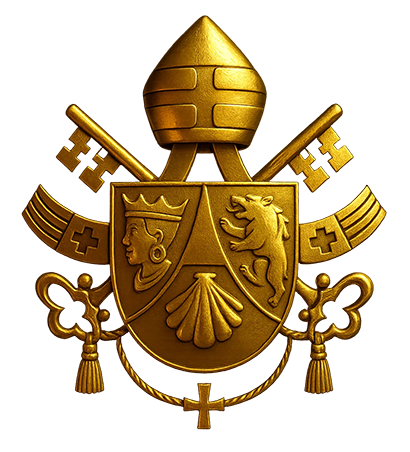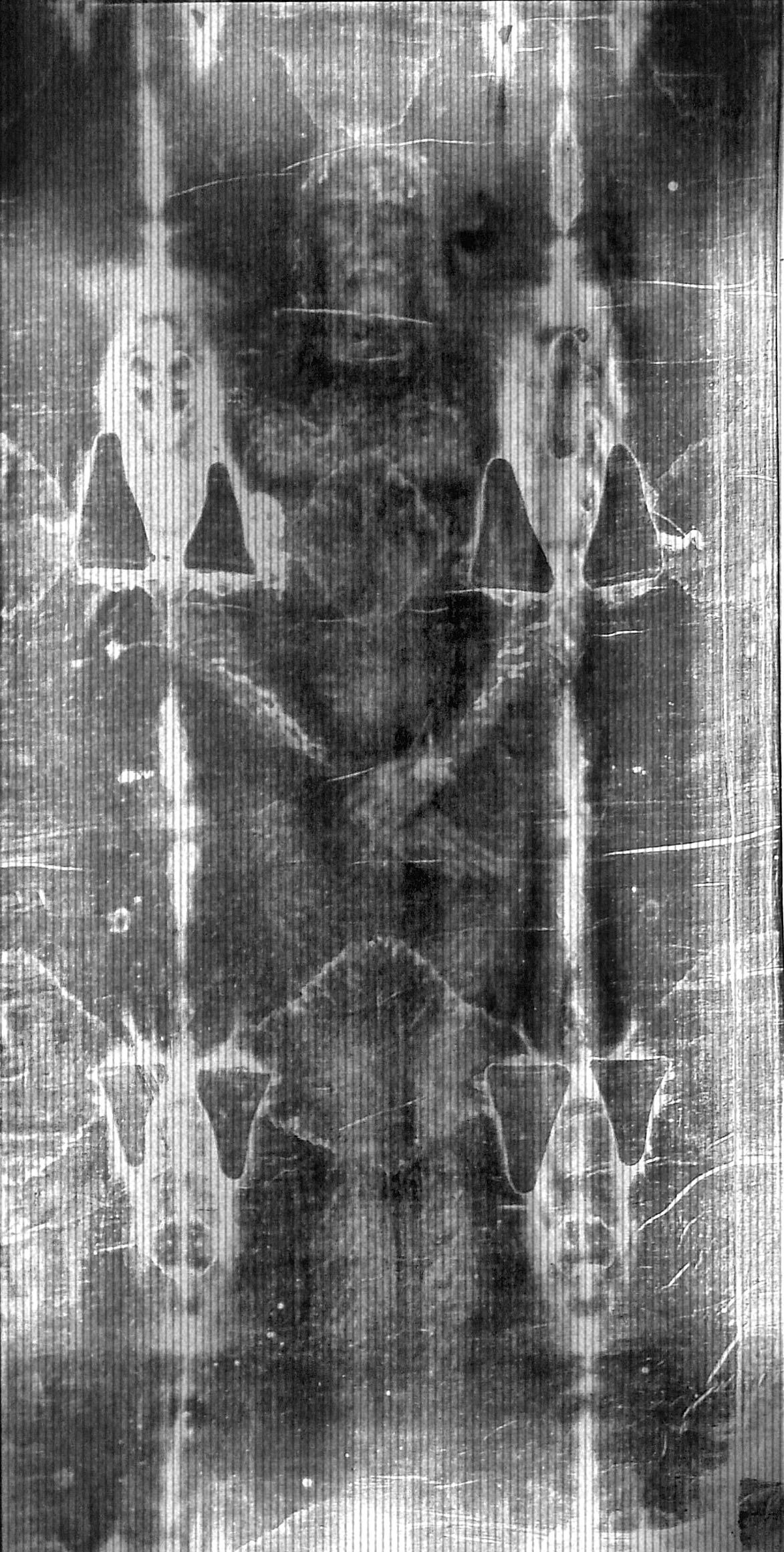

This timeline chronicles the most significant events surrounding the Papal proclamation of Christ’s return, tracing the unfolding developments from the initial announcement in 2013 through to the solemn passing of Pope Benedict XVI.

Pope Benedict XVI announces his resignation; mere hours later, lightning strikes the Vatican at precisely 5:55 p.m. Rome time.
The retirement of Pope Benedict XVI commences, ushering in the first papal abdication in six hundred years.
Andrea Anna of Germany, on behalf of Brian Marshall, initiates contact with the Papal office of Pope Benedict XVI.
Brian Marshall and his wife commence correspondence with Pope Benedict XVI and the Papal staff.
"Having overcome his initial doubts, Pope Benedict XVI ultimately concludes that Brian Marshall is the returned Christ.
The Conclave of Cardinals begins the Papal election process despite being notified of Pope Benedict's discovery.
Pope Benedict XVI convenes with Pope Francis at Castel Gandolfo, conveying the revelation of Christ’s return; news that Pope Francis declines to accept.
Pope Benedict XVI publishes In Christum Credunt, his Apostolic Letter formally proclaiming the return of Christ.
Pope Francis obstructs Pope Benedict XVI’s scheduled announcement on RAI television, and subsequently, Pope Benedict’s residence is placed under strict security lockdown.
From within Pope Benedict XVI’s Papal household, a video is clandestinely released online, imploring the Italian people to come to his assistance.
Vatican inspectors storm Pope Benedict XVI’s residence, assault him, and abduct two witnesses to the Apostolic Letter—Sister Maria Della Rosa and Father Giuseppe Civello—while a third, Monsignor Giovanni Rossini, is also taken in Toronto.
Pope Benedict XVI remains confined under secret house arrest by decree of Pope Francis, while both Italian and international media persist in ignoring or censoring these events.
Pope Benedict XVI, bestowed by Brian Marshall with the title Pope Peter II and known as Petrus Romanus, passes into eternal rest.